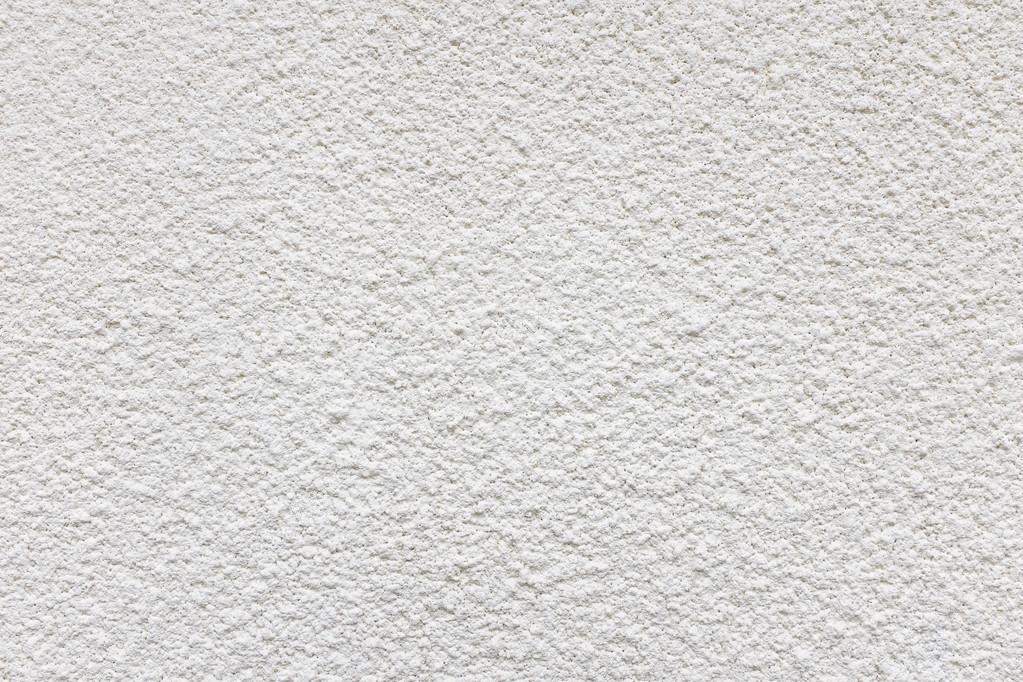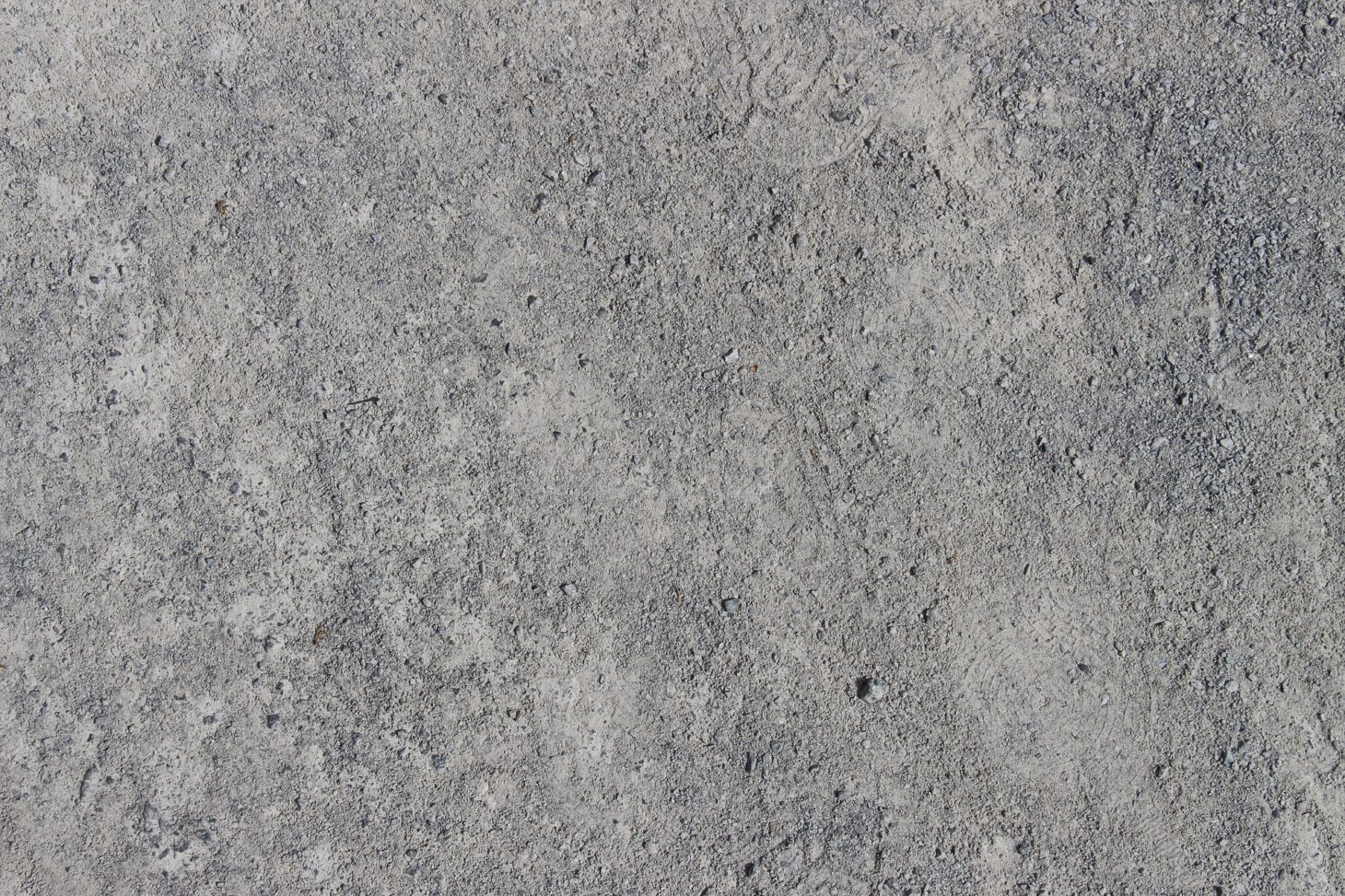If you’ve ever been confused about the difference between render and cement, you’re not alone! These two building materials are sometimes used synonymously to describe both interior and exterior plaster finishes, and it can be challenging to discern which material your contractor has in mind.
While there are several key differences between render and cement, one of the most important things to remember is that you should always ask for clarification if you’re not sure what material your contractor intends to use on the project before you give them the go-ahead.
When people think of mortar or cement, they generally envision the silvery grey stuff that holds concrete together. Yet, there are actually two different types of mortar—one that’s used as an adhesive and one that’s used to coat walls and concrete in order to protect them from the elements and other damaging forces over time.
So, what’s the difference between render and cement? And which ought you employ in your assignment? Let’s take a closer look at both materials and find out!
Cement and render are terms that are sometimes used interchangeably, leading to confusion about their actual differences. In this article, we’ll take a close look at these two building materials to discover the ways in which they differ from one another, where you would use each one, and what you need to consider when deciding whether to use render or cement your next project.

What is render?
Rendering is a construction process that applies a mixture of water and cement to an exterior wall, typically with the use of a trowel or paint roller. This mixture fills in gaps between the bricks or other building elements.
It also provides protection from the effects of weather and acts as a deterrent for people who would like to break into your home. Rendering is commonly applied over brick, stone, cement, or stucco walls because it adheres well to these surfaces.
It can also be painted any colour you desire for aesthetic purposes. In addition, rendering can provide insulation and make homes more comfortable during the winter months.
But what about cement? Well, cement is a substance made up primarily of lime (and sometimes sand) mixed with small amounts of aggregates such as gravel or crushed rock. It’s used in construction to bind together different types of aggregate materials such as concrete or mortar so they stick together and form one solid mass.
As opposed to rendering which covers an exterior wall’s surface, cement usually coats only part of the surface before being covered by another layer or finished material such as plasterboard.
Depending on the type of project you’re working on, there are a number of different types of cement that could be utilised including white Portland cement, yellow Portland-pozzolanic cement, grey Portland-pozzolanic types of cement, and blast furnace slag cement.
These vary not only in appearance but their chemical composition as well. White Portland cement makes up most all standard mixtures today while grey and yellow variations are often mixed in with white to produce higher quality workable mortars.
All forms of this adhesive are best suited for high-quality projects such as large buildings or monuments where strength is crucial. Although they’re not identical, renders are somewhat similar to cement due to their protective properties against weather damage and offer some degree of insulation during cold months.
So, what’s the difference?
Cement is a powder composed of calcium, silicon, oxygen, and aluminium that can be mixed with water to create a paste. It’s commonly used in construction for the making of concrete.
Whereas render is typically an exterior plastering material made from cement, sand, lime, and water. They have similar appearances but have different applications.
For example, cement needs to be set before it dries so it becomes hard. Render is more like paint and doesn’t need to dry; it only needs time on the surface before it starts acting as a sealant. As you can see, they are not interchangeable!
1) Use render when you want something durable, especially when applied to outside walls.
2) Use cement when working with concrete or some other product where the resulting substance will need to be hardened before use.
3) Use render if you want a smooth finish without any bumps or cracks.
4) If you’re looking for durability and strength, go with render.
5) If you’re looking for a smooth finish, then try using either one.
Sometimes it’s better to just ask someone who knows what they’re talking about before deciding which one to use! There are plenty of differences between the two substances, but we hope this blog post helped clarify their differences! Now get out there and put that knowledge to good use!

Which one should I use?
Cement is a fine powder that is mixed with water and sand to create concrete. It was invented in the 1800s, which means that we’ve been using it for over 200 years.
Render, on the other hand, is a thick mixture of cement, lime, and water. It has been used for centuries before the invention of cement, but can also be used to cover brickwork or make stucco.
Cement has many advantages over render because it’s cheaper to make, easier to use, and more durable when exposed to elements such as wind or rain.
However, render has a few things going for it too. For one thing, it’s not limited to indoor projects like cement since you can paint over its porous surface. And while the cement dries out after time and cracks under pressure, the render actually gets stronger with age so will last longer without degrading.
Conclusion
In the end, though, there are very few situations where one material would be better than the other – they’re just different tools for different jobs! If you need to work on an inside project, cement might be the way to go. If you’re working outside or on an uneven surface, render is your best bet.
Hence, with the type and scale of the project, one can easily choose the one best suited for individual needs and requirements.





